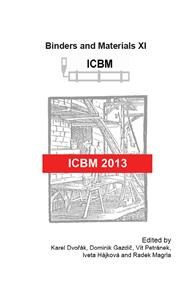p.266
p.270
p.275
p.280
p.284
p.290
p.297
p.301
p.305
Polypropylene Fibres and Micro Cracking in Fire Exposed Concrete
Abstract:
Though, concrete in general is a non-combustible building material, modern High Performance Concrete (HPC) is very susceptible to violent explosive spalling during a fire attack. This requires protective measures for fire safety design of concrete structures. The current most worthwhile method to prevent explosive spalling is the addition of monofilament Polypropylene fibres (PP-fibres). However, since it has become common knowledge that PP-fibres are suitable for fire safety design, a variety of theories concerning the mode of action of PP-fibres have been suggested. The present article summarizes the most important hypothesis and presents an innovative method for the analysis of micro structural processes in heated specimens. The results show that due to the thermal decomposition of PP-fibres capillary channels are created. Simultaneously, a netlike micro crack formation occurs, which connects these capillary channels. This enables the relief of internal stresses (mechanical effect) and the formation of a permeable transport system for the escaping water vapour (permeation effect).
Info:
Periodical:
Pages:
284-289
Citation:
Online since:
February 2014
Authors:
Keywords:
Price:
Сopyright:
© 2014 Trans Tech Publications Ltd. All Rights Reserved
Share:
Citation:


